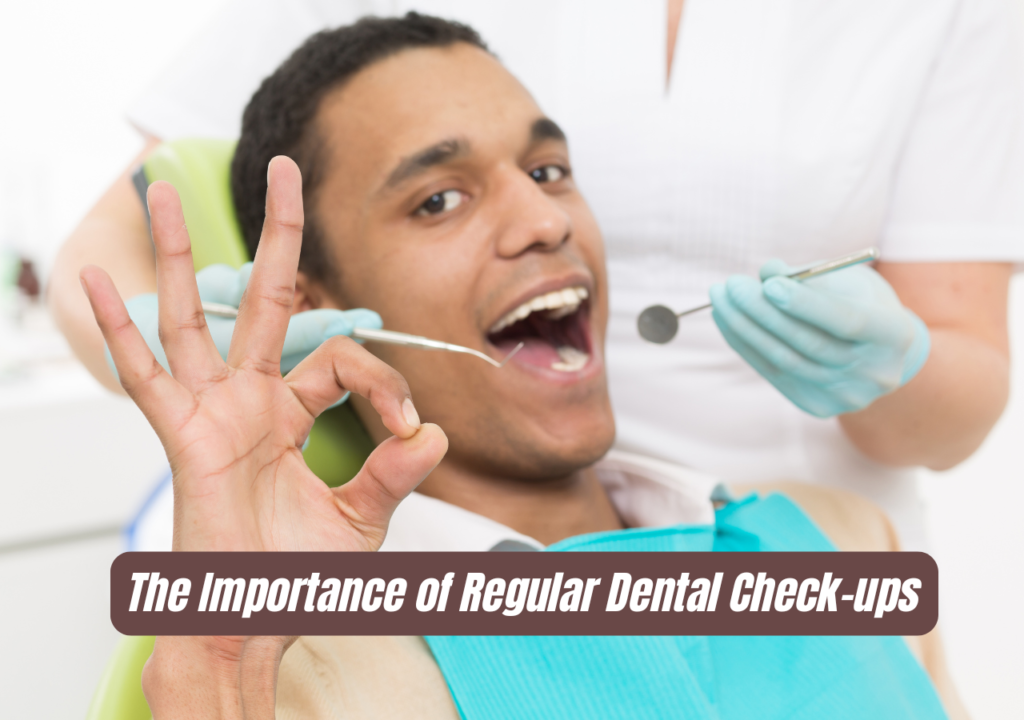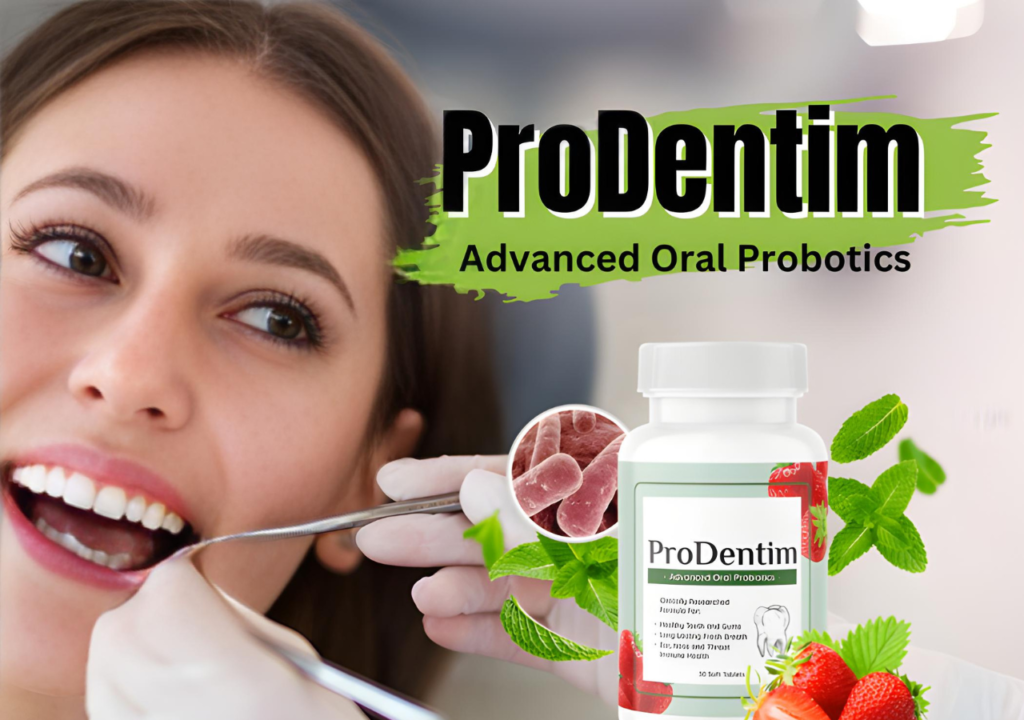Everything you need to know about Canine Parvovirus (CPV) in dogs: A comprehensive guide
Canine parvovirus (CPV), commonly known as parvo, is a highly contagious and potentially fatal virus that affects dogs, especially small breeds. First identified in the 1970s, CPV has since become a global concern due to its rapid prevalence and severity of symptoms. This article examines the nature, symptoms, disease, diagnosis, treatment, and prevention of canine parvovirus in detail to provide a comprehensive understanding of this complex canine disease.

What is Canine Parvovirus?
Canine parvovirus is a small, un enveloped virus in the Parvoviridae family. It primarily affects the abdominal muscles of dogs, although it can also affect the heart in very young animals. These bacteria are known for their long persistence in the environment, which makes them especially hardy and difficult to eradicate
Symptoms of canine parvovirus infection
Symptoms of CPV can vary depending on the severity of the infection and the age of the dog. Common symptoms include:
- Acute cough: frequent and can lead to dehydration.
- Fever: The smell of blood is usually symptomatic.
- Fatigue: Extreme fatigue and lack of energy.
- Loss of appetite: You lose weight fast by not eating.
- Fever: Body temperature increases, although some dogs may develop hypothermia (low body temperature) instead.
- Dehydration: Dehydration is a major concern due to severe inflammation and diarrhea.
- Abdominal pain: Dogs may show signs of abdominal pain or discomfort.
n dogs, the virus can attack the heart muscle, causing myocarditis (inflammation of the heart), which can lead to sudden death.
Inside every drop of “Pawbiotix” you’ll find
Pawbiotix is the only nutritional formula designed to help your dog achieve optimal and balanced levels of all five healthy gut bacteria they need to thrive.
Transmission of Canine Parvovirus
CPV is highly contagious and is mainly transmitted through direct contact with infected dogs or contaminated surfaces. Large quantities of the bacteria are shed in the feces of infected dogs and can survive for months in the environment on floors, food bowls, clothing and other surfaces

Types of transportation:
- Direct contact: Dogs can contract the virus through direct contact with an infected dog.
- Indirect Contact: Contact with contaminated objects, such as food and water bowls, leashes, collars, and even the shoes or hands of infected dogs
- Water-oral route: Ingestion of the virus from contaminated water is a common route of infection especially in local areas such as dog parks and kennels
Diagnosis of Canine Parvovirus
Diagnosing CPV involves a combination of clinical signs and laboratory tests. Veterinary professionals typically perform the following:
- Physical Examination: Check for symptoms such as cough, nausea and fatigue.
- Fecal Ellis test: a rapid test for the detection of CPV antigens in dog feces.
- PCR (Polymerase Chain Reaction) : A highly sensitive test that can detect even microorganisms.
- Complete blood count (CBC): A low white blood cell count is commonly observed, indicating CPV.
Treatment of Canine Parvovirus

There is no specific antiviral treatment for CPV, so the focus is on supportive care to manage symptoms and prevent secondary infections. Treatment typically includes
- Hospitalization: Severely affected dogs often require hospitalization.
- Intravenous Fluids: To combat dehydration and restore electrolyte balance.
- Antibiotics: To prevent or treat secondary bacterial infections.
- Antiemetics: Medications to control vomiting.
- Nutritional Support: Maintaining nutrition through feeding tubes if necessary.
- Pain Management: Alleviating abdominal pain and discomfort.
The prognosis depends on the severity of the infection, the timeliness of treatment, and the overall health and age of the dog. With prompt and aggressive treatment, the survival rate can be significantly improved.
Prevention of canine parvovirus
CPV is prevented primarily through vaccination and good hygiene practices. The main preventive measures are:
- Vaccination: The most effective method of protecting dogs from CPV. A series of vaccinations should begin at 6-8 weeks, with boosters given every 3-4 weeks until 16-20 weeks. Older dogs need regular reinforcement shots.
- Hygiene: Maintaining a clean dog’s condition, including regular disinfection of food and water bowls, bedding and living areas
- Isolation: Keeping infected or unvaccinated dogs away from public areas and other dogs until completely vaccinated.
- To clean up: Avoid areas where dogs are frequented, such as kennels and kennels, especially for young dogs and dogs that aren’t vaccinated.
Importance of early detection and vaccination
Early diagnosis of CPV is important to increase the chances of survival. Pet owners should be alert for any signs of illness and seek veterinary care immediately if CPV is suspected. Vaccination is the most effective tool to prevent the spread of this virus. Regular veterinary visits and adherence to the vaccination schedule can protect dogs from this potentially fatal disease.
Impact on dog owners and communities
CPV not only affects dogs but has a significant emotional and financial impact on dog owners. The cost of CPV treatment can be exorbitant, and the emotional toll of seeing a beloved pet suffer can be overwhelming. Communities also face challenges, as outbreaks in day care centers and animal shelters can lead to mass deaths, and efforts to control the spread are increasing
Regular research and development
Research continues on CPV, and scientists are working to develop more effective vaccines and treatments. The study provides insight into the genetic variations in the virus and how they affect dogs of different breeds and ages. Understanding these differences can help design targeted interventions to improve dogs’ overall health.
Conclusion:

Canine parvovirus is a formidable opposition for dogs and owners, but its impact can be minimized through proper knowledge, vigilance and preventive measures Vaccination, hygiene and early detection are the cornerstones of dog creation protect against this life-threatening disease. By being informed and acting promptly, dog owners can ensure that their pets can live healthy and happy lives without the threat of CPV.
Dog Health eBook + Tennis Ball Machine Automatic Throw Pet! EBooks

The Importance of Regular Dental Check-ups: Preventing Major Oral Health Issues
Caring for the health of teeth is very crucial to one’s health of the body….
Is Social Media Bad for Mental Health?
Is Social Media Bad for Mental Health? Exploring the Impact on Well-Being Social media has…
Probiotics Specially Designed for the Health of Your Teeth and Gums
Brand New Probiotics Specially Designed For TheHealth Of Your Teeth And Gums Try ProDentim: a unique…
The Health Benefits of Daily Coffee Consumption: Boost Your Focus, Mood, and More
Introduction: Coffee can be described as one of the most popular beverages in the globe,…
Top 5 Amazon Coffee Makers for Perfect Brews: Discover Your Ideal Coffee Machine
offee occupies an important place in many people’s lives, it is not only drink which…
Top 5 Best Coffee Shops in New York for a Perfect Coffee Date
When it comes to choosing the perfect coffee shop for a romantic coffee date in…
-
Brown Wooden Cat House | Dog House
Original price was: ₨ 16,499.₨ 11,999Current price is: ₨ 11,999. -
Candy Jar | Handmade Wooden Candy Jar | Pakistani Handicraft Nakashi Candy Jar
Original price was: ₨ 4,449.₨ 3,999Current price is: ₨ 3,999. -
Cat House | Brti Cat House | Indoor Puppy House | Pet House
Original price was: ₨ 30,000.₨ 28,499Current price is: ₨ 28,499.













